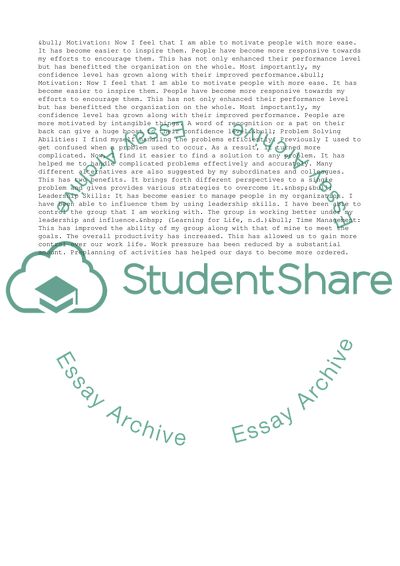Cite this document
(Managing Professional Development Personal Statement, n.d.)
Managing Professional Development Personal Statement. Retrieved from https://studentshare.org/management/1739650-managing-professional-development-management
Managing Professional Development Personal Statement. Retrieved from https://studentshare.org/management/1739650-managing-professional-development-management
(Managing Professional Development Personal Statement)
Managing Professional Development Personal Statement. https://studentshare.org/management/1739650-managing-professional-development-management.
Managing Professional Development Personal Statement. https://studentshare.org/management/1739650-managing-professional-development-management.
“Managing Professional Development Personal Statement”, n.d. https://studentshare.org/management/1739650-managing-professional-development-management.


